Was messing with Dall-e today for a bit. I know machine learning is like a hot button topic in the art community right now, with everyone’s feeds filled with slick looking paintings that kind of don’t make sense in areas when you zoom in.
Everyone scared that it’s going to take their jobs. I’ve read so many posts from people kind of freaking out about this stuff, how its gong to Change everything and replace working commercial artists.
And I think they’re half right. It’s definitely going to change stuff. But I also don’t think that’s such a bad thing either. We’ll see, because it’s not going away any time soon. Interesting times for sure.
I get kind of bored with the prompts, but I really enjoyed uploading work and having the ai do variations on it. By feeding it source material, it’s easier to see how the computer’s interpreting it. It definitely handles some things better than others, and It does a lot of stuff that makes no sense at all, but it’s still kind of cool.
here are a few of today’s efforts:
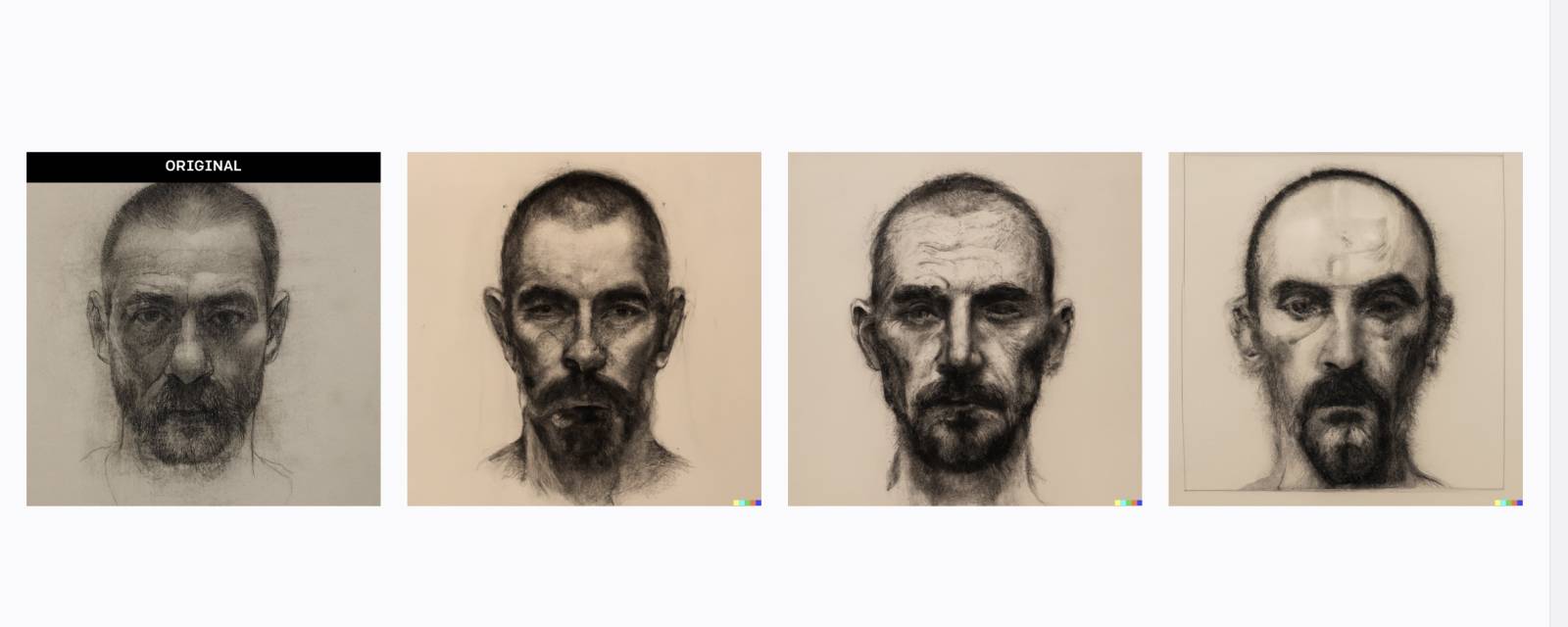
turned a recent charcoal self portrait into a police line up where each guy gets progressively more bald and looks less like me

It really didn’t seem to understand brushier stuff. tried to interpret it, but I don’t feel like it was too successful on this one. At least it’s a bearded dude in all of them so there’s that.

Here’s what it spit out when fed a portrait of my partner, Melissa. it does a pretty good job of identifying gender, racial features, even the lighting.
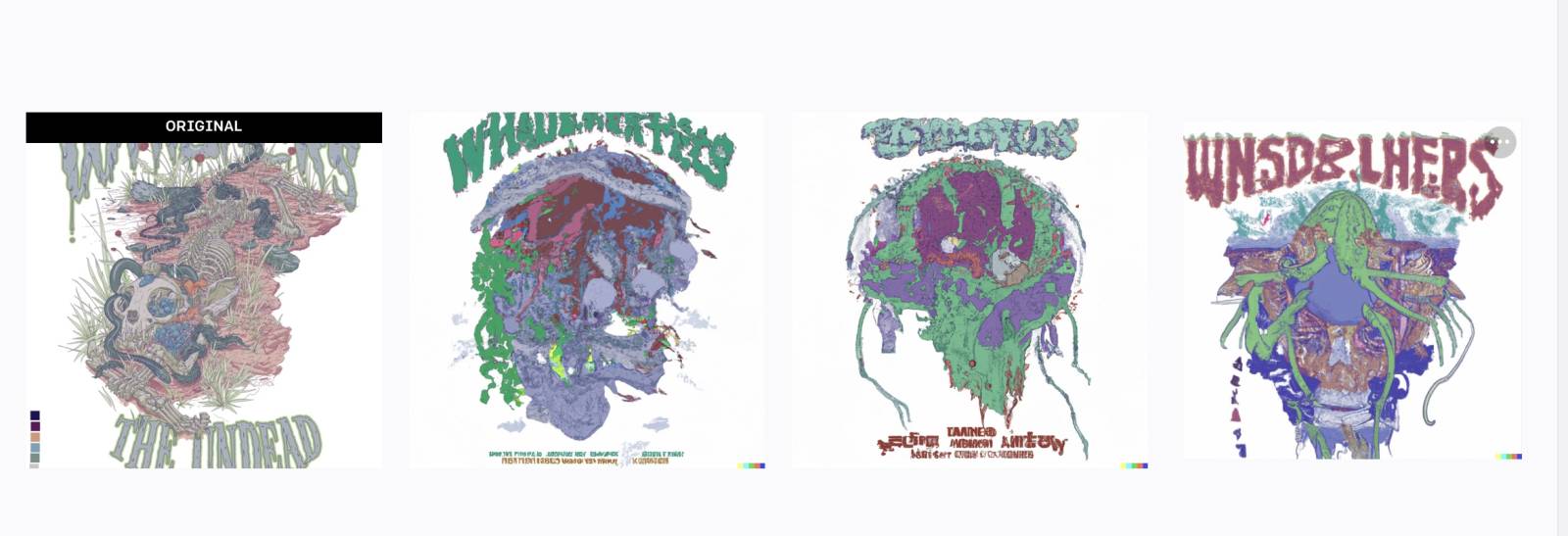
Seemed less successful understanding what was happening in this more stylized illustration. In fact it appears like it had no idea what it was looking at. Funny how interpreted the text in particular. and that last one!
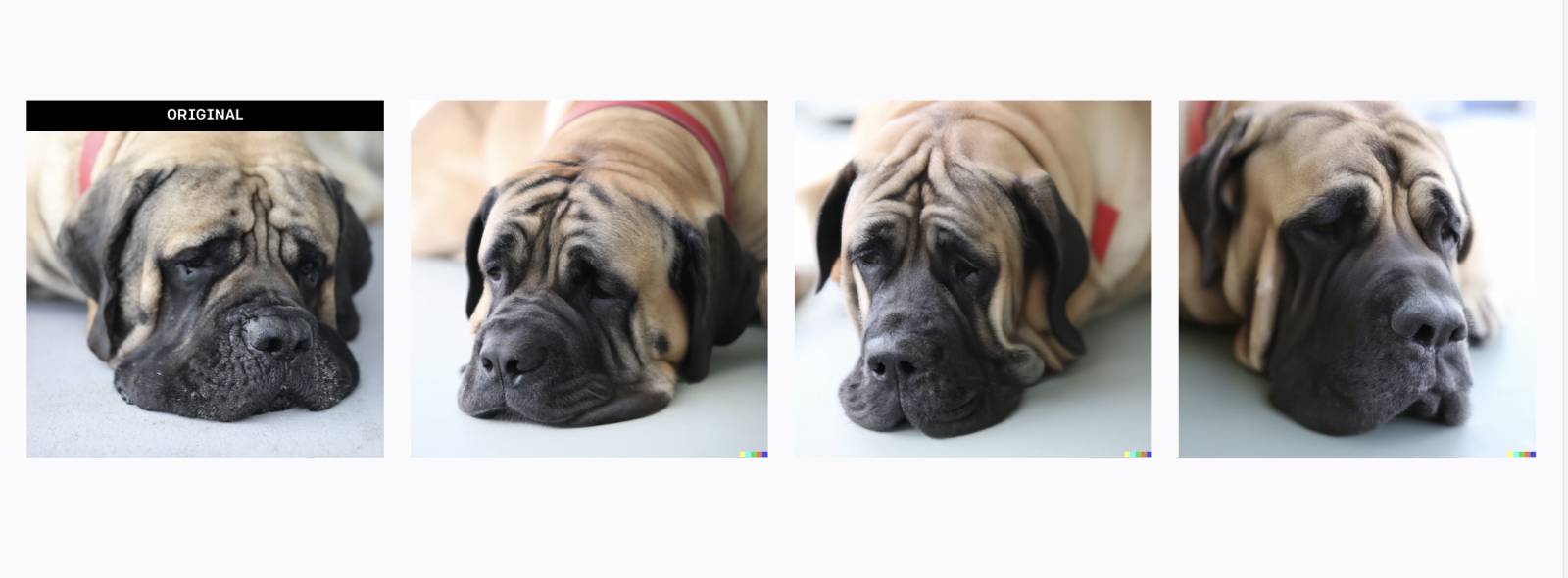
Fed a couple photos too. Created some pretty solid variants of Kevin, even though we all know this world is only big enough for one Kevin.

But I think one of the most successful tests were the variants on this s’mores pizza. The way it handles the material properties, I could see this already being useful for generating texture variants for 3D models and stuff. also s’mores pizza is pretty delicious. its a shame Dall-e can never taste any of these beautiful variants it created.
What are your thoughts on all this stuff?


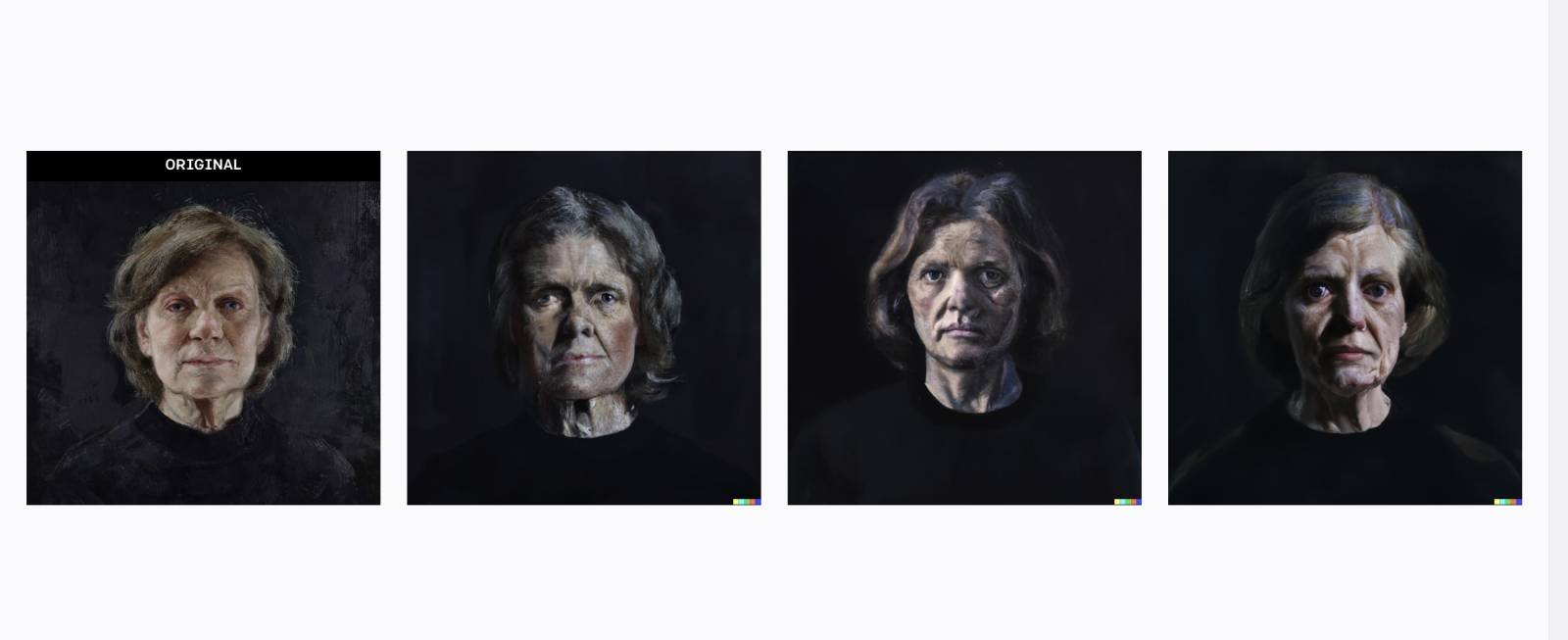

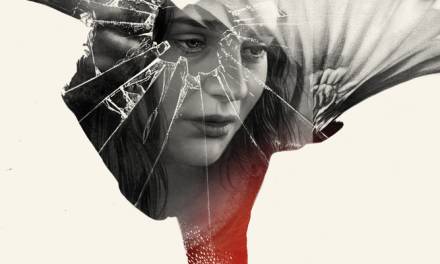
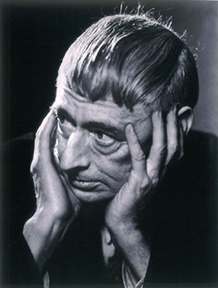
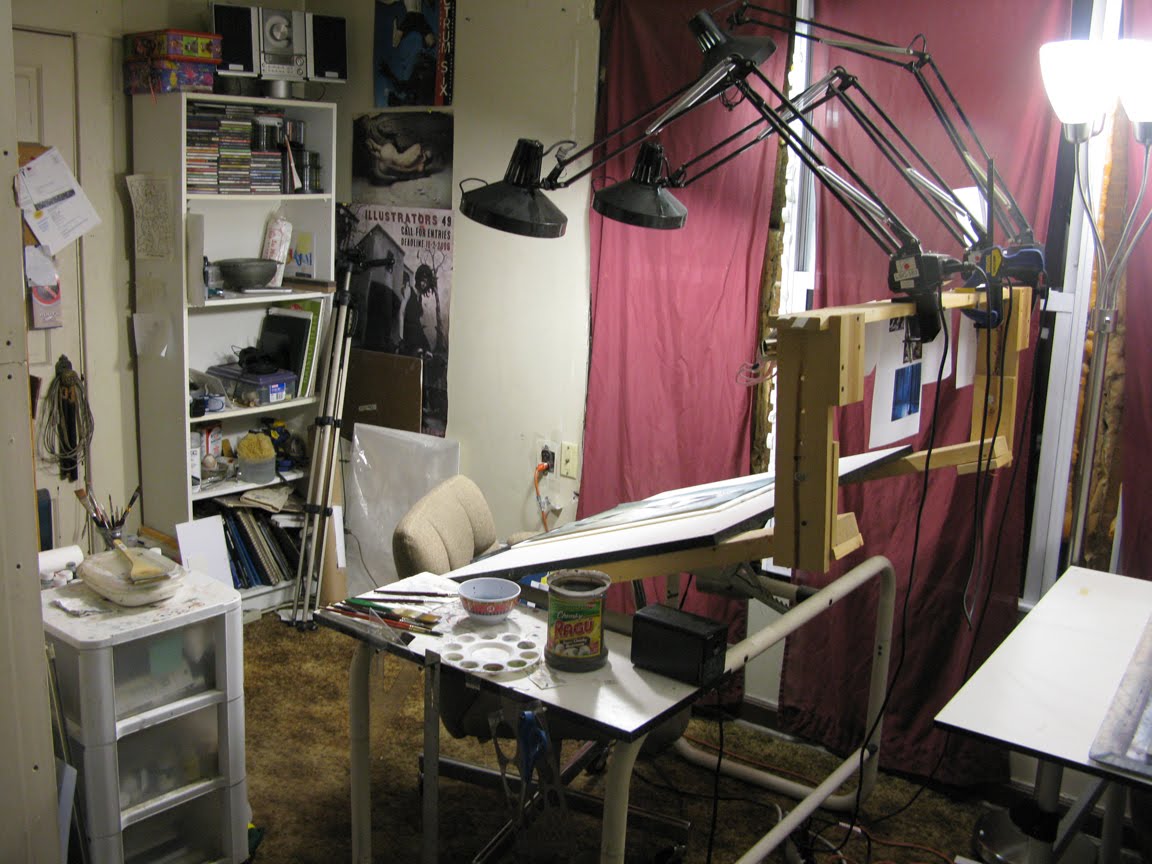
Loool! Great idea, man! I never thought to test the machine like that. Excellent experiment to find variations in the sketch step of a production.
I am much older, I think, than the folks that normally post here, but believe I have some insight on this topic.
I was taught how to hand letter signs at a very young age. You would be right to imagine that it takes many months , and lots of practice to become proficient at producing even simple block lettering. There are also serif, thick & thin, script, and decorative letter types that needed to be mastered. You also had to learn how to layout a sign or vehicle display to best communicate “the message”, letter size, style, contrast in weight of letter strokes, color harmony, what was to be outlined, shaded, or both. layout placement, size, and position. There were of course lots of other things to learn, as well as tools of the trade such as glass guilding, but I’m just trying to make the point that it was a lot to learn. There were very few people that would put in the hours to learn the profession. I offered to teach several people throughout my career how to letter, and all gave up after a week or so. It was very easy to make a buck once you learned.
I also have a diploma from a 4 year art school for “Commercial Art”, so I know where you are coming from. In the early 70’s a company named Gerber Scientific started making computers that could cut vinyl letters in a few sizes, and styles. The computers were pricey, but it meant that those menu boards, or office hours doors wouldn’t have to be hand lettered anymore. All the large shops bought one. Before long Gerber was adding more styles, and things like arcing type, adding dingbats, ect., as well as producing more colors of vinyl to cut.
This progressed for awhile until someone figured out how to add a monitor to the computer.
A few years later they figured out how to print the colors on the vinyl, how to make it easily removable, how to make it so you could see through the back side (you can “wrap” the windows on a bus), make it mould to any contour, and on and on.
The last few years that I was in business The only time that I handlettered something, was to do an original design, to feed into the computer. I could have done the design on the computer, but it would take longer.
The situation you find yourselves in, in my opinion , isn’t any different from the long winded senario I have given above. The computer programs you are seeing now are in their infant stage. Give them 2 or 3 years, and you might be amazed.
The problem that I found in the sign business wasn’t the computer, it was that ANYONE can use one. Anyone can buy the equipment and call themselves a sign shop. You don’t need any art training in layout, color harmony, typestyles, ect. Most of the work you see now is terrible because of this. You can’t use the same typestyles, or layout that you use on a magazine ad, on the side of a truck. The truck has to be seen from distance, and is probably moving.
The question won’t be whether you can do it better, it will be if they are happy with what the computer can do.
Hope this gives some insight as to what lays ahead from someone who has been there already.
Fight on MuddyColors!
very dapper, coro.
If you don’t think AI is going to take jobs away from commercial artists, you’re kidding yourself. Sure, maybe not ALL jobs, but it will greatly reduce the little work that’s out there. Especially when you read the comments made by people using AI to produce and upload images – they actually take pride and ownership of the image the way an artist would – as if they really had a hand in creating it. If typing a phrase into a computer can make them feel like an artist, I think most people would choose that route over hiring someone else.
Really cool stuff. The only concern I have with AI tools is the intellectual property rights. That’s a key thing.
These are all pretty good in my opinion. I suspect AI is only going to get better and will eventually at the very least devalue artistic work.
You guys in muddy colors are shielded because you’re exceptional but the rest of us, the mediocre third tier artists, we’re done.
I’m conflicted with how to feel about AI. My opinion is, theres no such thing as a free lunch. To me AI is a really smart photo basher. I can’t try it because I need a social media account for… reasons. Take my oppinon with some salt but from what I’ve seen here’s my pros and cons list.
Good:
– hopefully A.I can drive away bad clients. People who’d say “why hire you when A.I is free?” Or “art isn’t a real job” Are people I would’ve turned down anyway.
– originals might become more valuable.
– Another resource for idea generation.
Bad:
– High paying clients could see it as free art.
– Whoever owns the technology can change it. I doubt the AI devs will let us use this “free” for long. I’m worried about sketchy practices they might pull, even if illegal, a big company threatening a small artist can ruin their lives even if they’re in the right.
– Already artists whose only income is from small commissions are feeling powerless. Their art is getting stolen on AI sites and are getting blocked by them to take it down. I like this quote “I didn’t spend my adult life finding a unique style for AI to come in and steal it.”
– I worry about the future of niche artists getting work and the job opportunities for mid tier artists. Woodblock printmaking was killed from the bottom up when only the top artists could get work. I fear only artists who can get big paying clients will have the income to do what they want.
– When artists use AI as a starting point, I can’t tell what their contribution is. Making life harder for hiring them
I fear the only ones not affected are the ones on top but to be that takes a life time of effort and not everyone has the luxury to achieve that level before getting their first real gig. How many careers were started from people who gave them a chance? I think AI should be forced to show all their sources like movie credits and artists should have the right to take down,partially own or even take a cut of profits of images that used their style from the results without their consent if used for profit. To me, theres a difference between a person being a copycat and a machine outright stealing.